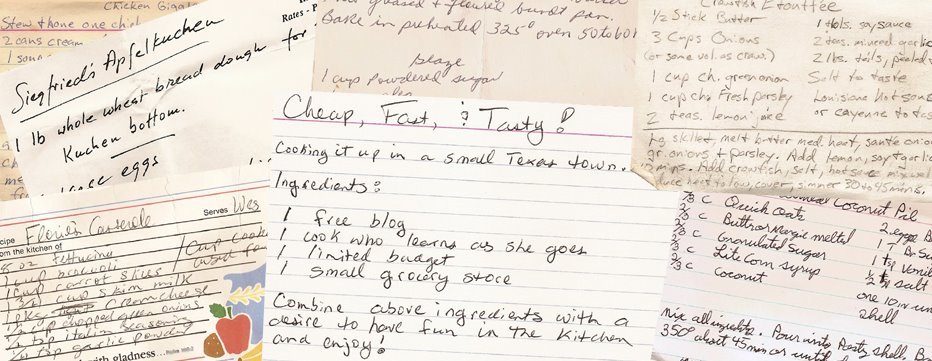I adapted this recipe, making very very few changes, from AskShelley.com.
There's nary a place in the world where people don't ferment cabbage in one way or another. In Germany, fermented cabbage is called saurkraut. In Korea, it's called kimchi. In Mexico, cortido.
Cortido
1 large cabbage, cored and shredded (you can use red, green, or both).
1 cup carrots, grated
2 medium onions, quartered lengthwise and very finely sliced (red, white, or yellow)
4 cloves garlic, minced
1 tablespoon dried oregano
1/2 teaspoon red pepper flakes (I used a teaspoon and a half)
2 tablespoon sea-salt
Mix up all the ingredients in a large bowl. Then pound with a wooden pounder for about 10 minutes to release juices or you can use your hands and just squeeze and squeeze and squeeze until the juices are released and the cabbage starts looking a bit limp.
Place mixture in a container (a crock, glass jars, or some other nonreactive container--I used the crock out of my crock pot) and mash vegetables down tightly. There will be a fair amount of liquid floating on top. You may need to add a little more water (purified or spring--no chlorinated water) to insure that the veggies are completely covered with water. Weigh the vegetables down with a plate if one fits in your container. If you don't have something to weigh it down with, you may just have to keep checking over the next few days to make sure there is water over the vegetables, adding it as needed. If using the a plate, weigh the plate down with rocks (clean rocks, wash them well), a bag of water, or jar of water to keep it from floating. I didn't have a plate that would fit in my crock but I found a large, round, plastic lid that fit into it, although it's a bit too small. I put water in a Ziplock bag and set it on the plastic lid, then covered it all with the crock pot lid.
There are many ways of protecting the vegetables from the air, and the above is the one I have settled on for this batch. But any variation will do - as long as it excludes air. You can even seal it in an airtight container but be warned, this stuff expands! My first batch was leaking right out of the tightly sealed Mason jar I put it in--I hadn't given it enough room to expand in the jar.
Opinions vary on whether or not it should be sealed air tight. You'll just have to experiment to figure out what you prefer. Neither of them seem to be worse or better than the other. Seems to me, however, that the better it's sealed the less mold might grow on top, but that's just a theory. Germans prefer the plate or weight method and covering it with a cheesecloth to keep the bugs out. Koreans seal their kimchi well and bury it underground (where it's cool).
Leave your cortido at room temperature for 3-5 days then taste test. Does it taste good to you? Think it needs to sit a while longer? Then let it. If you like the way it tastes as it is, then transfer it to a container that seals well and put it in the fridge to halt fermentation. It will keep for quite a long time.
Like sauerkraut, cortido improves with age, but can be eaten after the initial ferment.
Don't fret if scum or mold forms on the top of your cortido. Just scrape it off. The fermentation process kills off harmful bacteria. It's only the portion that the air reaches that will form mold. This is why I, personally, prefer an air tight seal.
 Preparing the vegetables woke up my tennis elbow, hubby stepped in to do the pounding for me. Don't fret if you don't have a pounder, just use your hands and SQUEEZE! The point is to break down the vegetables enough to release their juices. Otherwise the mixture takes up more space in your jar and takes longer to ferment. And you have to add a bunch of water instead of letting the vegetable ferment in their own natural juices. The bacteria that lets cabbage become saurkraut, kimchee, or cortido is in and on the cabbage itself. Pounding it or squeezing it releases that wonderful stuff so that the process can begin.
Preparing the vegetables woke up my tennis elbow, hubby stepped in to do the pounding for me. Don't fret if you don't have a pounder, just use your hands and SQUEEZE! The point is to break down the vegetables enough to release their juices. Otherwise the mixture takes up more space in your jar and takes longer to ferment. And you have to add a bunch of water instead of letting the vegetable ferment in their own natural juices. The bacteria that lets cabbage become saurkraut, kimchee, or cortido is in and on the cabbage itself. Pounding it or squeezing it releases that wonderful stuff so that the process can begin. The cabbage, after a thorough pounding, has now been added to the crock. There is a LOT of liquid here that you can't see. When I mash the vegetables into the crock there's about an inch and a half of juices on top. Alas, veggies want to float. Hence the need for a weight to keep it down in the liquid.
The cabbage, after a thorough pounding, has now been added to the crock. There is a LOT of liquid here that you can't see. When I mash the vegetables into the crock there's about an inch and a half of juices on top. Alas, veggies want to float. Hence the need for a weight to keep it down in the liquid.If you just want to make plain old sauerkraut, you can follow all of these same steps but leave out the pepper, oregano, garlic, and onions. Or, you can use onions, cabbage, and apples, or just cabbage and apples or just cabbage and onions. Just play with it. You'll find what you like.
Cabbage is CHEAP CHEAP CHEAP, if you like saurkraut there's no reason not to make it yourself. It takes about 30 to 45 minutes to put this stuff together, preparation is so very simple. And, in three days, you'll have a very healthy side dish full of beneficial probiotics (seen any Activia commercials lately?). Homemade saurkraut, kimchee, and cortido all contain Lactobacilli plantarum. L. planatarum--an extremely beneficial bacteria. It aides digestion and helps keep you regular. Canned saurkraut is pasteurized and all that healthy Lactobacilli plantarum. L. planatarum is destroyed in the process.
If you make it and hate it, you'll be out less than $5 and you'll have wasted less than an hour of your time. If you make it and love it, you'll be doing your body a great favor.
If you're wondering, no, you cannot omit the salt. It's a major component of the fermentation process.




















4 comments:
like Kimchi, Cortido must be a healthy dish by itself.
i had tried adding Kimchi to stir fried pork belly and it was delicious!
Hi there! I've been wondering what all I can actually serve cortido or sauerkraut with. The typical way to serve sauerkraut here is with sausages or on a Rueben sandwich (toasted pumpernickel or toasted rye bread with sauerkraut, Swiss cheese, Thousand Island dressing, and corned beef). I don't eat much sausage and I've never been a fan of Reubens. So I have no idea what to do with my sauerkraut!
I'll just experiment adding it to this and that, see how it goes. Maybe I'll try some on tacos or serve it alongside some stir-fry as you suggest.
Oh my salsa, but that looks absolutely delicious--and fun to make. I'll have to look into getting some kind of crock on freecycle and give it a try. My dad's mom was half French/half German and he loved her homemade sauerkraut. Bookmarking you on Delicious so I can find the recipe once I have the crock.
When I was a kid, I loved to mix the sauerkraut with my mashed potatoes (no gravy). Yum! Mom usually served it with ham, pork chops or wieners. Quite often, she would slice the wieners on the diagonal, caramelize them, then toss in the sauerkraut to heat a bit. Apples are a nice counterpoint. We children also liked to pile the kraut on slices of Wonderbread smeared with oleo and mustard. My folks weren't health nuts. Fortunately, we were too poor to eat junk food and during the summer feasted on fresh-picked garden goods three times a day.
Post a Comment